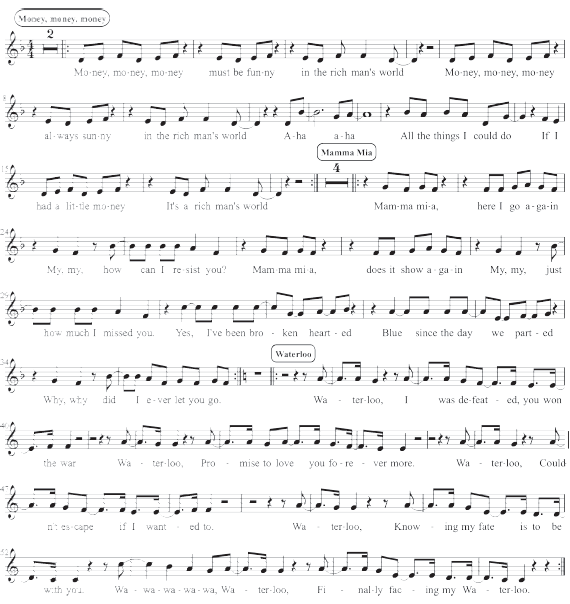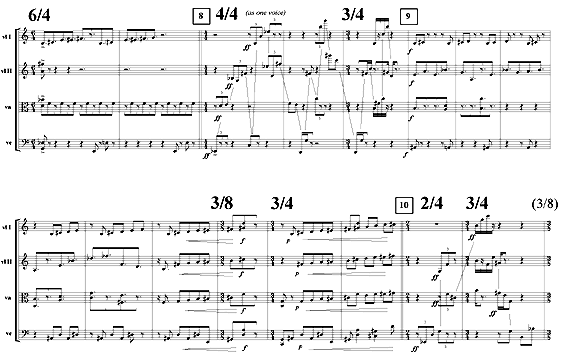
If the string is lightly touched at one of the nodes dividing the string in fifths, the resulting pitch should be two octaves and a third above the open string.
The string is divided into fifths (five equal parts). If the string is lightly touched at one of the nodes dividing the string in fourths, the resulting pitch should be two octaves above the open string. The string is divided into fourths (four equal parts). 2 is an example of a natural harmonic dividing the string into thirds. If the string is lightly touched at one third of the string length from either end, the resulting pitch should be an octave and a perfect fifth above the open note. The string is divided in thirds (three equal parts). As you use your bow to play this note, the resulting pitch should be one octave above the open string D. To play it, find the middle point of the D string (the indicated note D), and lightly touch this note with your finger. 1 is an example of a natural harmonic dividing the string into one half on the D string. This particular harmonic is generally notated at the actual pitch with a small circle above it. When the string is lightly touched in the middle, the resulting pitch sounds one octave above the open string. The string is divided in half (two equal parts). The most commonly used natural harmonics are described below, with notated examples on the D string. Natural harmonics are indicated in two ways: by a small "o" written above the note to be lightly touched, and by a small diamond shape at a specific point on the string where the finger should be lightly placed. Composers often indicate which string should be used for the harmonic by notating above or below the note markings such as sul D, D string, or III (meaning, play the harmonic on the D string, the third string on the violin). Natural harmonics are produced on open strings, and artificial or stopped harmonics are produced on stopped strings. Harmonics are overtones of the string and produce soft flutelike sounds when the string is lightly touched at specific fractional divisions (nodal points). 

Used to ornament a note, a grace note is written in a small font indicating the musician should quickly play the grace note, then the note it is attached to (the grace note is not part of the rhythmic value of the measure).

The context of the glissando should determine its interpretation. Instead of playing the two notes separately, the finger should smoothly slide along the string between the two notes, playing all of the notes along the line in a subtle or pronounced manner (including the two notated notes). An ornamental effect notated as two notes connected by a wavy or straight line, indicating a continuous slide in pitch.







 0 kommentar(er)
0 kommentar(er)
